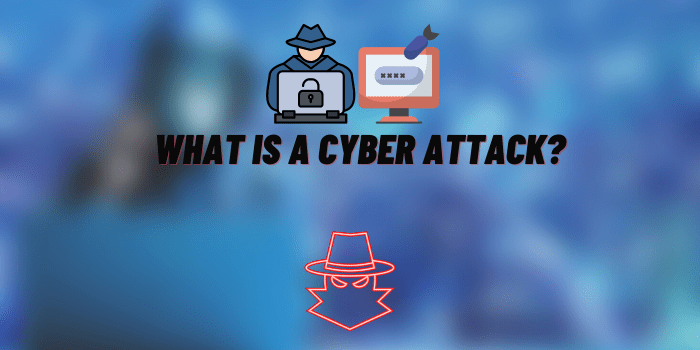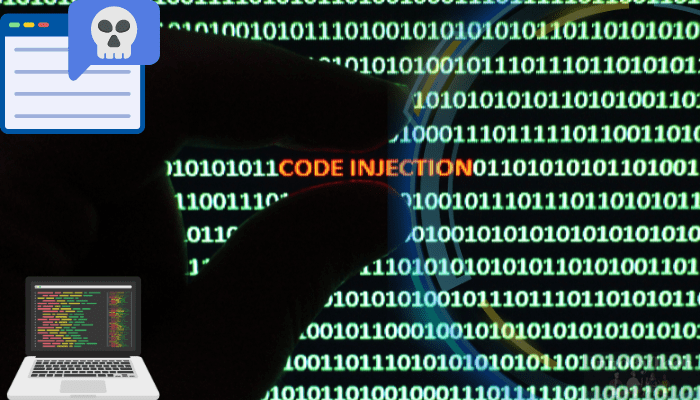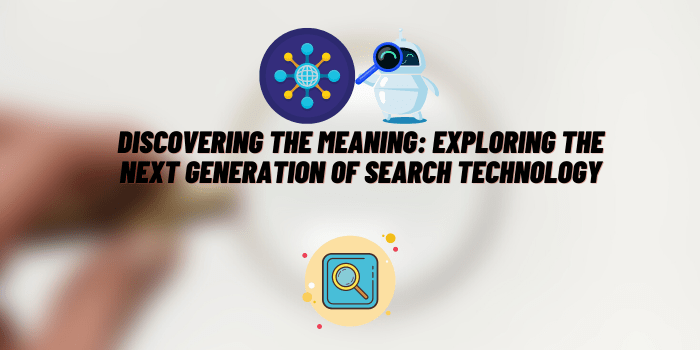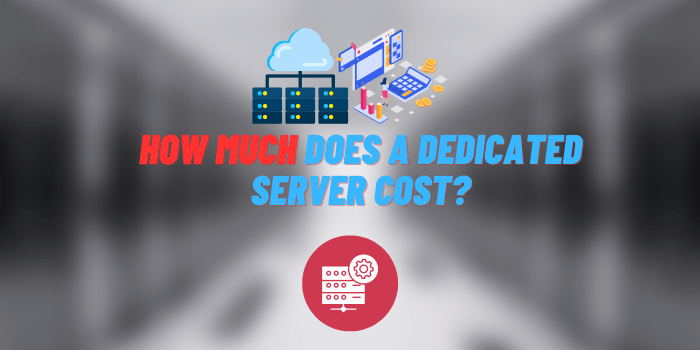What Is A Cyber Attack?
So what is a cyber security attack? You must have heard about them many times — those sneaky digital threats that can mess up your business big time. They hit where it hurts, from your bank account to your reputation. In this article, we’ll look into the most common types of cyber attacks, show what they are, and why they’re a big deal for your business.
What Effects Do Cyberattacks Have on Businesses?

Now, what does cyber attack mean to a business? Think it’s just about lost data or a frozen computer? Think again. These digital onslaughts hit harder than you might expect. Here are a few examples of their effects.
- Financial Losses
Cyber attacks can lead to direct monetary losses from theft, ransom payments, or the cost of repairing affected systems. And there’s also the potential loss of sales during downtime and the long-term loss if customers lose trust. This is why smart businesses turn to cybersecurity consulting services to prevent this.
- Operational Disruptions
Different cyber attack types can paralyze your operations. Whether it’s locking up crucial data or disabling essential systems, the resulting downtime means lost productivity.
- Employee Morale and Turnover
The stress and chaos following the disruption can impact employee morale. This can lead to increased turnover, adding yet another cost to the business.
Why Do Cyberattacks Happen?
Ever wonder why hackers target businesses? It’s not always about a big payday. Understanding the “why” behind different types of cyber attacks can be a real eye-opener. Let’s explore what drives these digital intruders:
- Financial gain: The most common motive is, of course, money. Hackers often aim to steal financial information, like credit card details or bank login credentials, or directly extort money through ransomware attacks.
- Corporate espionage: Sometimes, the goal is to swipe confidential business information — trade secrets, client lists, product designs — which can be sold to competitors or used for competitive advantage.
- Disruption and sabotage: For some, the objective is to disrupt operations, either as a form of protest or sabotage. This could be due to political, ideological, or even personal reasons.
- Data collection: Often, cybercriminals are on a data-gathering mission, collecting personal and business information for future targeted attacks or identity theft schemes.
- Reputation damage: In certain cases, the aim is to damage a company’s reputation, either as part of a personal vendetta or a competitive tactic.
- Thrill and challenge: Believe it or not, some hackers do it for the thrill, the challenge, or to boast about their technical prowess in hacker communities.
By understanding the cyber attack meaning in each particular case, businesses can better tailor their strategies to protect against these diverse evolving threats.
Types of Cyber Attacks

So what is a cyber attack? If you try to provide a cyber attack definition, you will most likely end up with something general and pretty abstract. That’s because attacks differ largely and businesses must be familiar with the peculiarities of each type to be truly prepared. Here’s your list of types of cyber attacks.
1. Malware
This is malicious software, including viruses, worms, and ransomware. It can steal, delete, encrypt data, or even hijack core computing functions. It often sneaks in via a rogue email attachment or a dubious download. Protection against it involves
- robust antivirus software;
- regularly system updates;
- employee education.
2. Phishing
These are deceptive emails or messages that trick recipients into revealing sensitive information. These are increasingly sophisticated, mimicking trusted sources convincingly. To guard against phishing,
- train employees to recognize suspicious emails;
- use email filters;
- verify the authenticity of messages before responding.
3. Denial-of-Service (DoS)
These aim to overwhelm systems, servers, or networks and cause them to crash and deny service to legitimate users. Defenses include
- good network architecture with redundancy;
- anti-DoS tools;
- monitoring traffic.
4. Spoofing
Here, malicious actors disguise themselves as a trusted entity to gain unauthorized access to a system. This can involve fake emails, websites, or even IP addresses. Protecting against spoofing involves
- network security measures like verification protocols for emails;
- secure and encrypted communication channels;
- employee training.
5. Identity-Based Attacks
These occur when hackers impersonate legitimate users to infiltrate a system. It’s a digital version of identity theft, often involving stolen user credentials. Preventing these requires
- strong user authentication methods like two-factor authentication;
- regular password changes;
- monitoring user activities for unusual patterns.
6. Code Injection

Hackers inject malicious code into a legitimate program or script. This can be particularly damaging as it exploits trusted applications to carry out an attack. To defend against these,
- perform regular scanning for vulnerabilities in your applications;
- use security tools that detect and prevent code injections;
- adopt secure coding practices.
7. Supply Chain Attacks
These target less-secure elements in the supply chain. By compromising a supplier or service provider, malicious actors can gain access to larger, more secure networks. Strengthening defenses against these attacks involves
- vetting all third-party vendors for their security measures;
- monitoring their access.
8. Insider Threats
Sometimes, the danger comes from within. Disgruntled employees or those with access can intentionally harm the company’s network or data. Mitigating these risks includes
- strict access controls;
- regular audits;
- a positive workplace environment.
9. DNS Tunneling
This method uses DNS queries to communicate non-DNS traffic over port 53. It can be used to smuggle data out of a network or to command and control malware. Defending against DNS tunneling involves
- monitoring DNS requests for unusual patterns;
- using DNS firewalls;
- regularly auditing DNS logs for suspicious activities.
10. IoT-Based Attacks
As more devices connect to the internet, IoT-based attacks are rising. These involve exploiting vulnerabilities in IoT devices like smart cameras or thermostats to gain network access. Protection here means
- ensuring all IoT devices are regularly updated;
- changing default passwords;
- segregating IoT devices on separate network segments.
Conclusion
So here’s a quick rundown on the definition of cyber attack as well as the “why” and “how.” As you see, these are calculated, damaging, and constantly evolving threats that shouldn’t be underestimated. But knowledge is power. Remember, in the digital world, staying secure is primarily about being aware, vigilant, and proactive.






